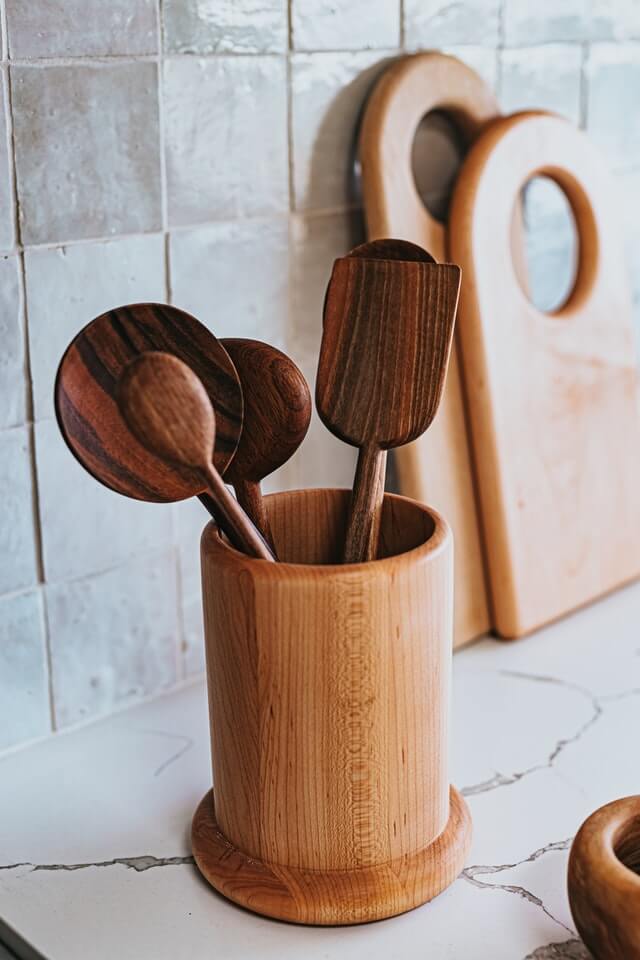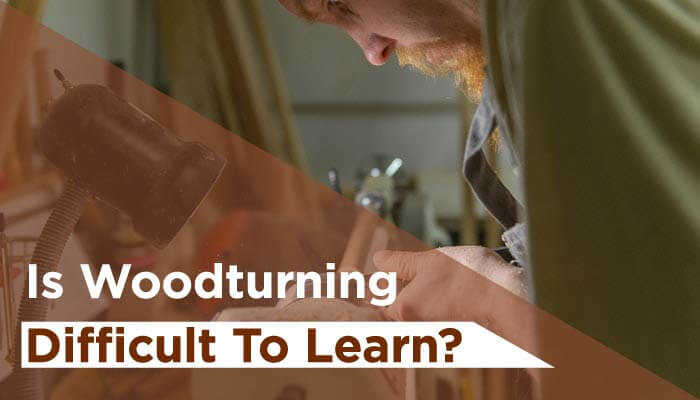With more and more people using eco-friendly materials for their day-to-day lives today, wood is in high demand. Thanks to wood’s natural cooling and healing properties, many people have started to use utensils, interior décor, floors, and other essentials made from wood in their homes.
Since woodturning is not very difficult to learn, you can also make your own wooden bowls and items at home. Assuming you have the right lathe and tools for the same.
In this article, we will give you a brief overview of the concept of woodturning, the tools required to learn the same, and some tips you have to keep in mind while learning woodturning. This article is directed at beginners; therefore, even if you are new to woodturning, you can get a grip of the basic concepts involved here, and try your hand at this, without any second thoughts.
What Is Woodturning All About?

Woodturning is the process of working on wood to create different items like cutlery, plates, bowls, furniture, pens, interior décor items, and more.
A special tool called a lathe is needed for woodturning. As the name indicates, woodturning involves turning the wood on the lathe. If you thought that woodturning is the same as other processes associated with the wood, you are mistaken.
In most other activities involving wood, machines like cutters rotate in different directions to slice the wood in the way you want. However, with woodturning, you will notice that the machine (the lathe, in this case) will remain in one place. The wood turns around to transform itself into different shapes and sizes.
It may sound like a complex activity, but woodturning can be easily picked up by beginners as well. You will be thrilled at the prospect of eating out of your homemade wooden plates and bowls. An axis on the lathe moves in high RPMs to enable the wood to be turned into different items.
How is the wood grain placed on the axis? This defines the type of woodturning method used by people. When the grain of the wood is placed along the line of the spindle. It is known as spindle turning. Most pens and mills are created using this method. When the grain of the wood is placed at 90 degrees to the spindle, it is known as faceplate turning. Bowls are the most common examples of items created using faceplate turning.
Read: Can You Teach Yourself Wood Turning?
Tools Needed For Woodturning
While the lathe is just the basic tool for woodturning, you need at least 5 to 6 other tools to turn the wood into different shapes you need. The woodturning toolkit of a beginner should contain the simple tools that we have mentioned in the below section. While you may find more tools at your disposal, we recommend trying these simple tools and mastering them before proceeding to add advanced tools to your kit.
- Spindle Roughing Gouge – A wide-shaped and big tool that is used to create a smooth but ruff finish to the items
- Spindle Gouge – Used for making detailed items such as beads, this gouge comes with a shallow flute to turn wood items without any hassles
- Skew Chisel – Though it is a difficult tool to carry, this chisel is used for planning and creating fine details on the wood
- Parting Tool – This tool is used for parting wood, especially when working with center; mostly, the parting tool is used with a saw
- Bowl Gouge – Known to give a perfect shape to the inside and outside of bowls, this gouge comes with a deep flute; deeper and more detailed than the spindle gouge
- Swept Back Grind Bowl Gouge – Though similar to the bowl gouge, this swept-back tool comes with a U-shaped swept back grind that can be used for making many types of cuts on the bowls
- Scraper – Can be used for creating different profiles
Read: Top 4 Best Wood Lathe Tools for Beginners
Is Woodturning Difficult To Learn?
Are you interested in carving your own item out of wood-based on your creativity? You can learn the art of woodturning, popularly known as turnery, from professional artisans, known as turners. Are you worried if it is a tough skill to master? The following section will address your query.
When woodturning was introduced over 3000years ago, it was considered a very niche activity, with only a few skillful artisans trying it. However, as the years rolled by, this process underwent a lot of evolution. Today, the lathe has become quite advanced, and the number of artisans who are willing to impart their knowledge has increased considerably. So, woodturning, as a skill, has become more accessible now than many years ago.
It is quite easy to learn woodturning. As you can get to know how to use the lathe and the simple tools that are suitable for beginners. You can create many items using these tools. While it is easy to learn the basics of woodturning, it might take you a long time (or sometimes never) to master this art. Try to learn the basics of professional woodturning from experts in your locality. You can also learn how to use the lathe and accompanying tools from trusted sources online.
You can also read What is the difference between a Wood lathe and a Metal lathe?
Some Woodturning Tips That You Need To Know
- Always invest in a good lathe. Never opt for cheap lathe machines. They may tend to vibrate a lot, giving you a lot of problems in the long run. Putting your money in a good lathe is a one-time investment; therefore, take a qualified decision while buying the lathe.
- Check your lathe and tools at regular intervals to ensure the fittings are smooth, tight, and sharp.
- Fix an area for woodturning and position your lathe properly, so that there is enough air and lighting in the place. Make sure you work from a neat, well-ventilated, and spacious area, for best results.
- Always wear protective gear for your eyes while working with wood to avoid eye injuries.
- For beginners, it is highly recommended to use a bench-mounted woodturner, as it is easy to work with.
Is Woodturning Difficult To Learn? (Conclusion)
We hope our article on woodturning has given you the confidence to try out this skill and express your creativity to the best extent possible. Is Woodturning Difficult To Learn? Not really but you have to keep learning and practicing.
